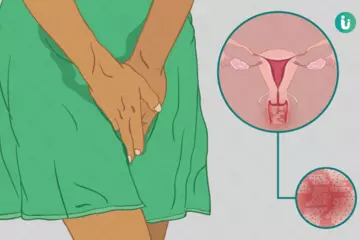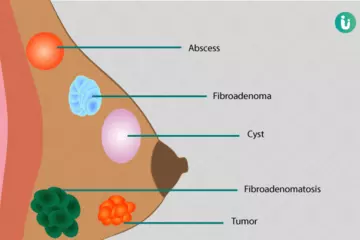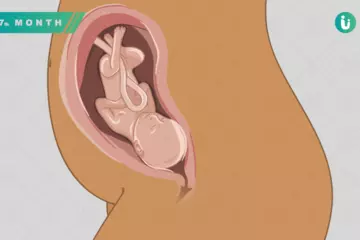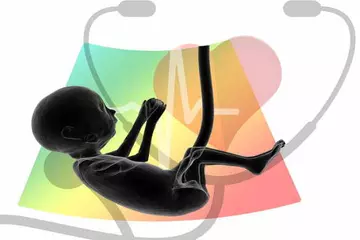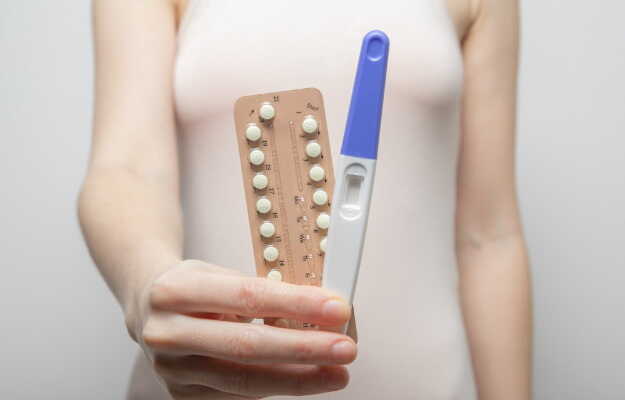What is growth hormone deficiency?
Growth hormone deficiency (GHD) is a disorder in which the anterior pituitary (a small gland at the base of the brain that produces several hormones) does not secrete enough growth hormone (GH) for normal growth.
What are its main signs and symptoms?
Signs and symptoms associated with GHD in children are as follows:
- Noticeable decline in the growth rate
- Delayed lengthening of long bones
- Delayed closure of skull sutures and fontanelles
- Small penis (micropenis) in males
- Delayed rate of development of facial bones
- Delayed tooth eruption
- Poor growth of nails
- Fine hair
- Hypoglycaemia (low blood sugar) in the newborn
- High-pitched voice
Signs and symptoms associated with GHD later in life are as follows:
- Increase in fat mass (abdominal and visceral)
- Decrease in muscle mass and energy levels
- Anxiety and/or depression
- Increase in lipid levels (LDL-cholesterol and triglyceride levels)
What are the main causes?
The main causes of GHD include:
- Congenital GHD is caused due to genetic errors or structural defects in the brain.
- Acquired GHD can result from different causes which include:
- Tumours of the hypothalamus or pituitary (germinoma, pituitary adenoma, glioma, craniopharyngioma, Rathke’s cleft cyst)
- Trauma to the brain (perinatal or postnatal)
- Infection of the central nervous system
- Infiltrative diseases (tuberculosis, histiocytosis of Langerhans cells, sarcoidosis)
- Radiation therapy
- Idiopathic (of unknown cause)
How is it diagnosed and treated?
Initially,a physical examination is done and diagnosis is formed as per the individual's age. The physician will advise the following tests to confirm whether the growth retardation is due to GHD:
- Tests for stimulating the secretion of GH by the pituitary by using agents like l-dopa, arginine, insulin and clonidine, followed by testing the levels of GH at regular intervals.
- Other blood tests including free T4, TSH, cortisol and coeliac antibodies.
- Insulin-like growth factor 1 (IGF-1) is used to screen for GHD and monitor GH therapy.
Treatment starts immediately after confirmation of the diagnosis and includes:
- Administration of recombinant human GH in children with GHD.
- The dosage is slowly increased to its maximum dose during puberty, and stopped when skeletal maturation is almost complete.
- The Food and Drug Administration (FDA) has approved the use of somatropin for the treatment of GHD.

 Doctors for Growth Hormone Deficiency (GHD)
Doctors for Growth Hormone Deficiency (GHD)  OTC Medicines for Growth Hormone Deficiency (GHD)
OTC Medicines for Growth Hormone Deficiency (GHD)








